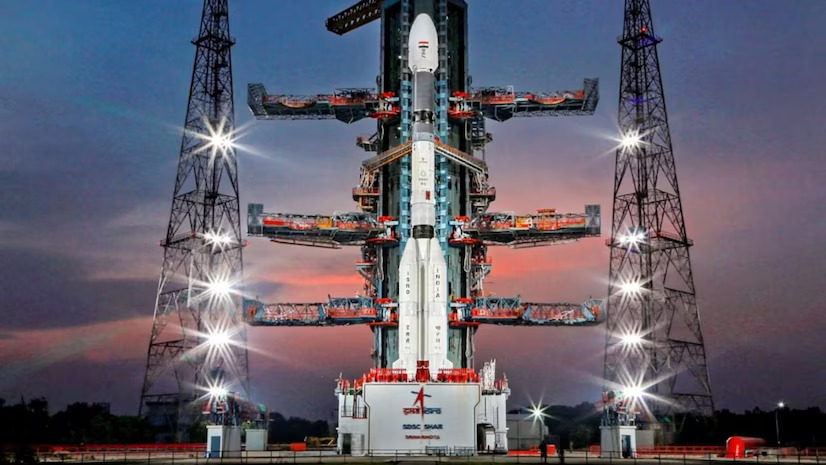ISRO Launches Aditya-L1

After the grand success of Chandrayaan-3, India now has its eyes set on the Sun. Aditya-L1 is India’s first solar mission. This space-based solar observatory was created by the Indian Space Research Organization (ISRO). The spacecraft was successfully launched from the Second Launch Pad of the Satish Dhawan Space Centre, Sriharikota on September 2nd, 2023, at 11:50 IST.
The name Aditya was chosen for the solar mission because it means “sun” in Sanskrit language. The L-1 stands for the Lagrange Point 1. In total, there are 5 Lagrangian points between the Sun and the Earth.
According to the National Aeronautics and Space Administration (NASA), the Lagrange Points are those positions in space, between two gravitational bodies, where the gravity of both bodies nullify each other. Hence, if an external object is placed at the Lagrange points, it tends to remain fixed at the position. This helps the spacecraft to save fuel. Lagrange Point 1 is located between the Sun and the Earth, at a distance of about 1.5 million km from the Earth. Another benefit of the L-1 point is that no eclipses can be seen at this point, hence, Aditya L-1 will have a continuous view of the Sun.
Aditya-L1 will remain fixed at the L-1 point and not land on the Sun or move any closer to it. The main aim of the mission is to study the outer atmosphere of the sun, the solar flares and ejections, heating mechanisms, magnetic fields and solar winds.
It is estimated that Aditya-L1 will take about 125 days to reach the Lagrangian point L-1.

